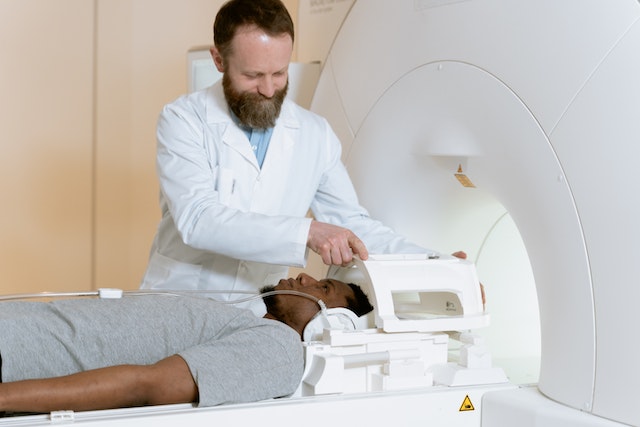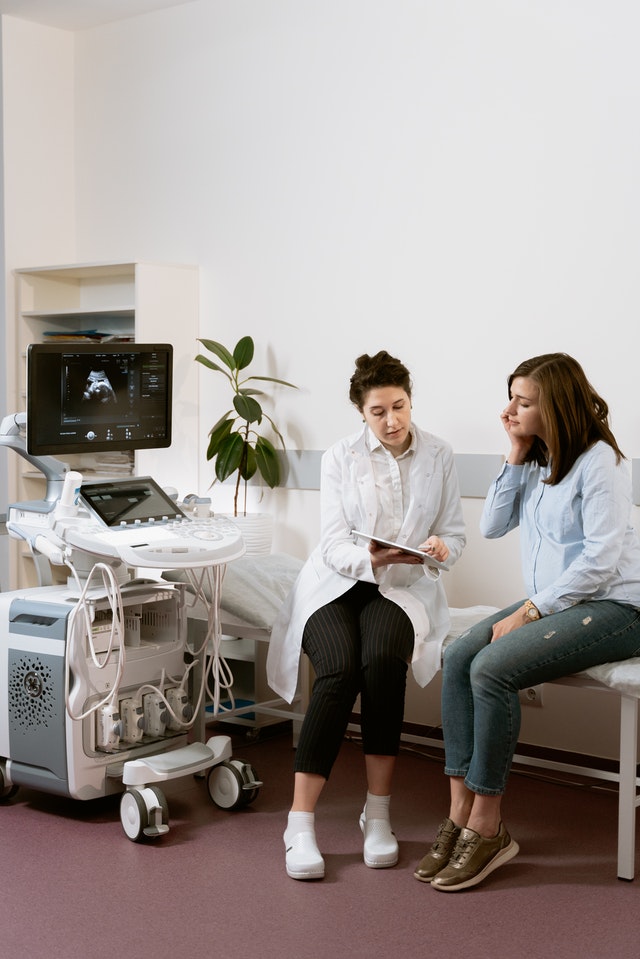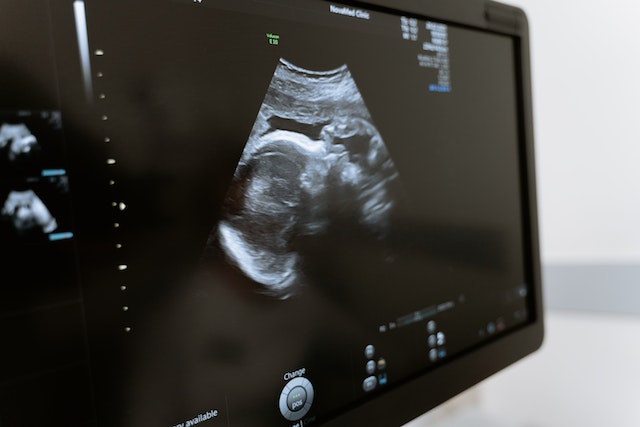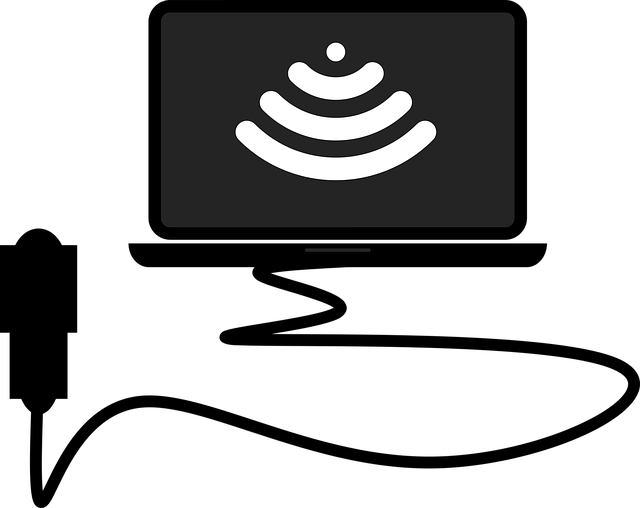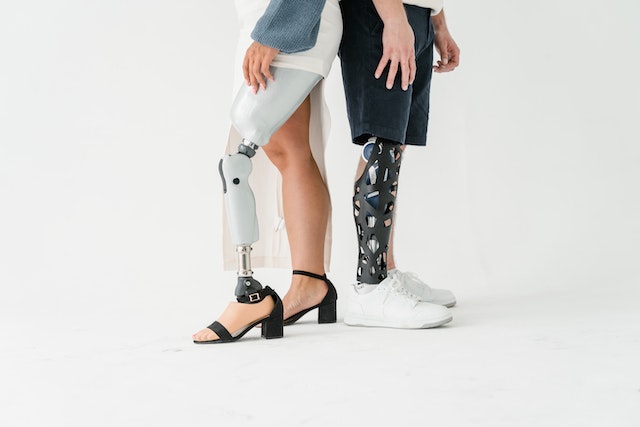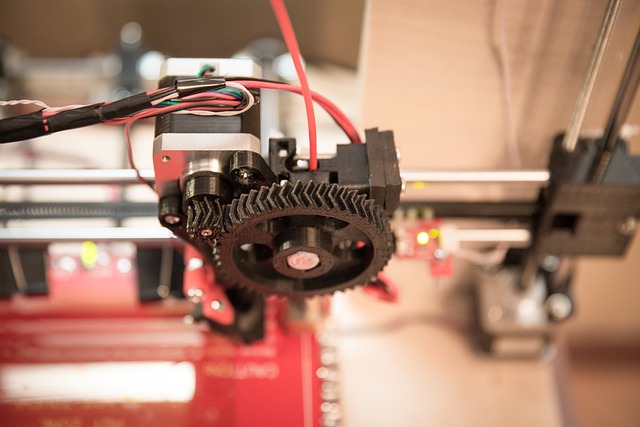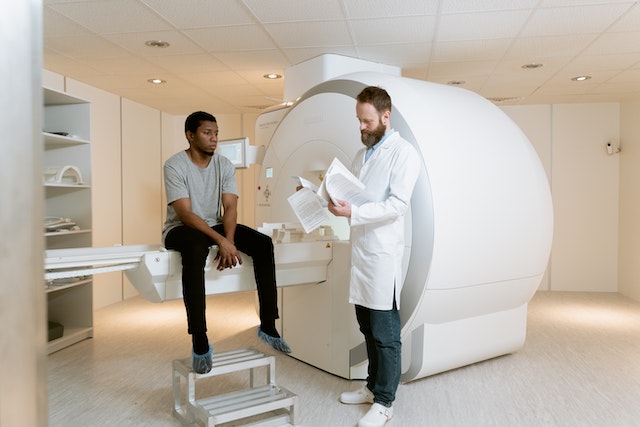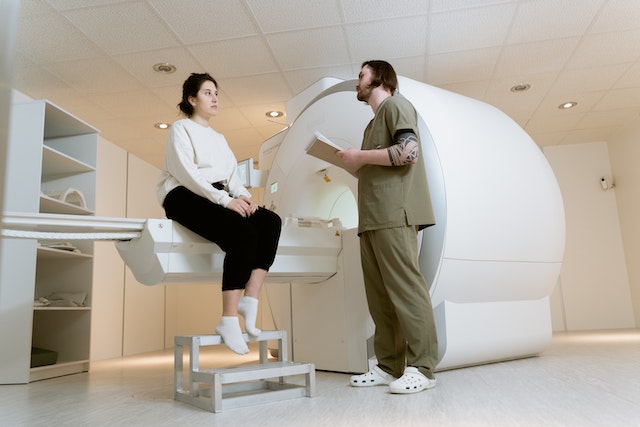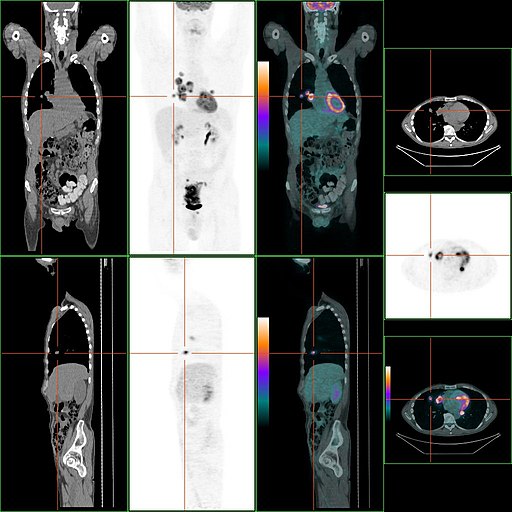So many aspects of our lives have changed since the outbreak of COVID19; shopping, working, education, entertainment, and our everyday lives look pretty different, even from a few years ago. The pandemic has also impacted our health and the way we approach medicine. Advancements in technology are moving quickly in medicine. Telehealth and remote medical services are becoming more mainstream, however, convincing patients to get health screenings, particularly for cancer, has become a challenge. It’s important, now more than ever, to keep up good health practices and let patients know they shouldn’t delay getting screened.
Timely screenings are incredibly important, says Imaging Technology News. Since the pandemic began there have been massive delays that have continued into 2023. Many facilities closed temporarily during the lockdown and many other facilities had severe staff shortages, says National Cancer Institute. When facilities did open back up, people were fearful of going to hospitals and other places where COVID might be prevalent, says the article.

According to a survey between June and November of 2020, 11% to 36% of the 7,115 participants delayed their screening. The screenings ranged from mammograms, stool blood tests, pap smears, colonoscopies, and HPV tests. In another study done by Tulane University, screening rates decreased to nearly zero in 2020 of the 45,000 women enrolled in Medicaid in Louisiana. Should this trend continue, it’s predicted that later-stage cancer diagnosis will be significant, says Imaging Technology News.
How Can Medical Facilities Encourage Patients to Get Vital Screenings?
What medical professionals can do is encourage their patients as much as possible to get screened. This may be tricky, with COVID still lingering around the country. Appealing to patients’ health, and letting them know that a screening can save their life can be the most effective, says Imaging Technology News, as well as encouraging patients through evidence-based interventions, says the National Cancer Institute.

When cost is a barrier, says the article, there are options. Through the Affordable Care Act there are affordable cancer screening tests available as well as low-cost screening options for those without insurance or physician referrals. Medical professionals and facilities may also consider expanding the locations and access to screenings through mobile screening programs, says the article. Many of those in low-income areas who do not have transportation to access screenings can take advantage of mobile programs, says the American College of Surgeons.
For people who aren’t visiting doctors or medical facilities, making the general public aware of how important screenings are can help, says the National Cancer Institute. Social media, campaigns, and patient education are a few ways to reach everyone. In a multipronged approach, some hospitals educated virtually through community focus groups, asking specific questions as to why the people in the area weren’t getting screened, said the article. Hospital staff also worked with parish nurses to encourage and educate congregations on screening. In addition, some hospitals encouraged their own staff to be screened.
In our strange, new world, amidst COVID, staff shortages, and so much fear, we still must take care of ourselves and encourage others to do so. As healthcare professionals, we have the power to empower others to take charge of their own health.
Combating Radiologist Shortages
If your hospital, emergency room, or private practice is struggling with radiologist shortages, partnering with a teleradiology company like Vesta can help.
Our US Board Certified radiologists offer night, weekend, and holiday coverage to fill those gaps. Ask us about our seamless integrations: contact us now to learn more.

